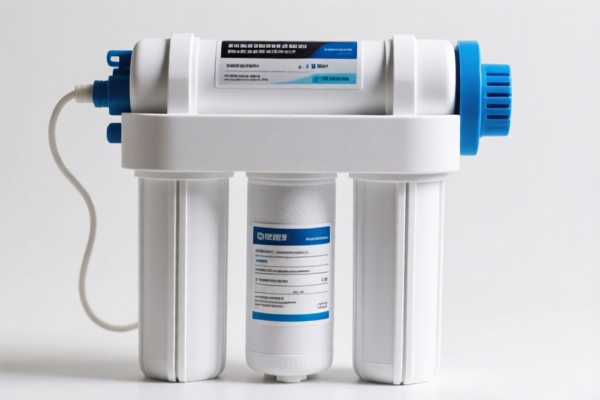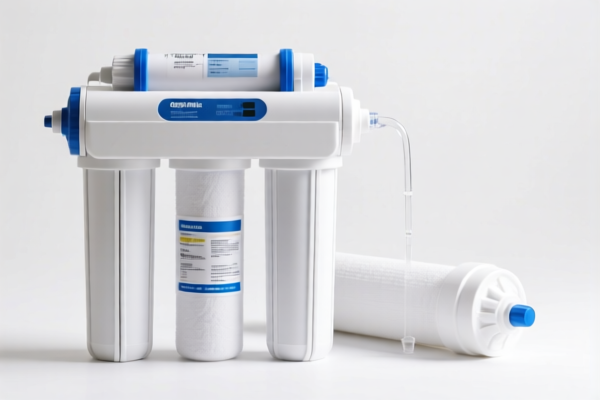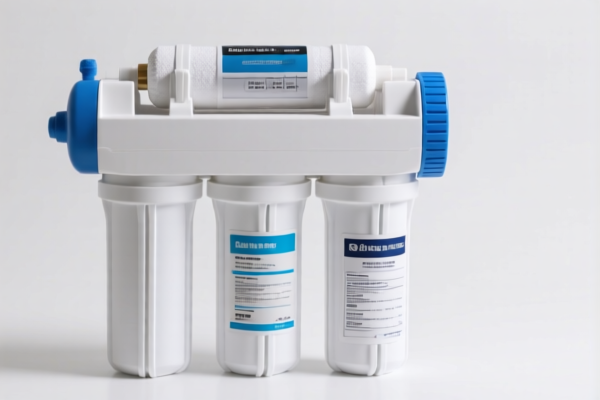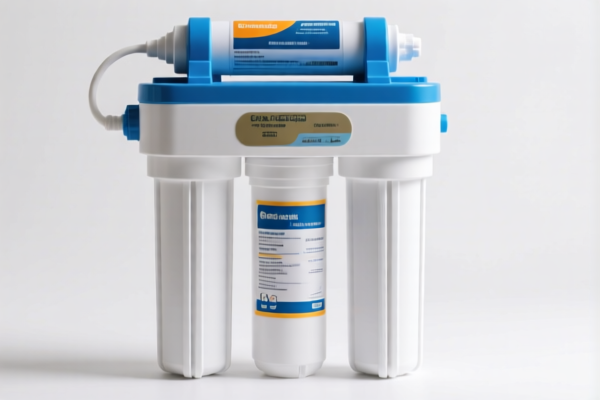| HS Code | Official Doc | Tariff Rate | Origin | Destination | Effective Date |
|---|---|---|---|---|---|
| 6912005000 | Doc | 36.0% | CN | US | 2025-05-12 |
| 6912004810 | Doc | 39.8% | CN | US | 2025-05-12 |
| 6911108010 | Doc | 58.3% | CN | US | 2025-05-12 |
| 6911900050 | Doc | 42.9% | CN | US | 2025-05-12 |
| 3924104000 | Doc | 33.4% | CN | US | 2025-05-12 |
| 3924101000 | Doc | 33.4% | CN | US | 2025-05-12 |
| 3926901000 | Doc | 40.9% | CN | US | 2025-05-12 |
| 3926901000 | Doc | 40.9% | CN | US | 2025-05-12 |




茶漏
茶漏 (chá lòu) is a traditional Chinese tea utensil used to evenly distribute tea liquor when serving. It is designed to prevent uneven concentration of tea in individual cups, ensuring a consistent taste experience for all drinkers.
Material:
- Ceramic: The most common material, often porcelain or stoneware. Yixing clay is particularly prized for its porous nature, which is believed to enhance the tea's flavour over time.
- Metal: Silver and stainless steel are sometimes used, though less common. Metal tea leeks are generally more durable but may impart a metallic taste if not properly maintained.
- Glass: Less traditional, but modern designs utilize glass for aesthetic purposes.
Purpose:
The primary purpose of a tea leak is to achieve uniform tea strength and taste when pouring tea from a larger vessel (such as a teapot or gaiwan) into multiple smaller cups. It mitigates the issue of the first cup being significantly stronger than the last, a common problem when pouring without a distribution aid.
Function:
A tea leak functions by breaking up the stream of tea liquor as it is poured. This dispersion prevents a concentrated jet of liquid from directly entering a single cup, instead creating a more diffused flow. The design typically incorporates multiple small holes or a specialized spout to achieve this effect.
Usage Scenarios:
- Tea Ceremonies (Gongfu Tea): Frequently used in Gongfu tea ceremonies, where precision and consistent flavour are paramount.
- Serving Tea to Guests: Commonly used when serving tea to multiple people, ensuring each guest receives a similarly-tasting cup.
- Sharing Tea: Ideal when sharing tea from a single teapot among a group.
- Teahouses: Standard equipment in traditional Chinese teahouses.
Common Types:
- Multi-Hole Tea Leaks: These feature a series of small holes in the bottom of a ceramic vessel. The number of holes varies.
- Spout-Style Tea Leaks: These have a specialized spout designed to break up the flow of tea liquor. Often features a curved or angled design.
- Dragon Tail Tea Leaks (龙尾茶漏): A specific type of spout-style leak, named for its resemblance to a dragon's tail.
- Integrated Tea Leaks: Some teapots are designed with an integrated tea leak built into the spout.
- Adjustable Tea Leaks: Less common, these allow adjustment of the flow rate and dispersion pattern.
根据您提供的“茶漏”信息,以下是根据参考资料找到的相关HS编码及其说明:
-
6912005000: 陶瓷餐具、厨房用具、其他家用物品和卫生用品,非瓷器或精细陶瓷制品:其他。该编码涵盖了非瓷器或精细陶瓷制成的餐具、厨房用具及其他家用物品,适用于一般陶瓷茶漏。基础关税为6.0%,加征关税为0.0%,2025.4.2后加征关税为30.0%,总税率为36.0%。
-
6912004810: 陶瓷餐具、厨房用具、其他家用物品和卫生用品,非瓷器或精细陶瓷制品:餐具和厨房用具:其他:其他:适合接触食品或饮料。如果茶漏用于冲泡或盛放茶水,且材质为非瓷器或精细陶瓷,则可能适用此编码。基础关税为9.8%,加征关税为0.0%,2025.4.2后加征关税为30.0%,总税率为39.8%。
-
3924104000: 塑料制餐具、厨房用具、其他家用物品和卫生用品:餐具和厨房用具:其他。如果茶漏由塑料制成,则适用此编码。基础关税为3.4%,加征关税为0.0%,2025.4.2后加征关税为30.0%,总税率为33.4%。
-
3924101000: 塑料制餐具、厨房用具、其他家用物品和卫生用品:餐具和厨房用具:盐、胡椒、芥末和番茄酱分配器及类似分配器。如果茶漏设计为分配茶叶,则可能适用此编码。基础关税为3.4%,加征关税为0.0%,2025.4.2后加征关税为30.0%,总税率为33.4%。
请注意,HS编码的确定需要根据茶漏的具体材质、用途和功能进行综合判断。建议您提供更详细的产品信息,以便更准确地确定HS编码。
Customer Reviews
我正在寻找塑料门的HS编码详情,这个页面正好有我需要的内容。强烈推荐!
页面信息不错,但布局有点杂乱。不过,我还是觉得关税详情很有帮助。
对HS编码3925的解释非常准确。作为一名出口商,这个页面真的节省了我很多时间。
页面提供了出口塑料门的正确HS编码,但我还是需要在别处查找一些定义。
页面对5%关税率的详细说明让我印象深刻。这为我节省了自己研究的时间。